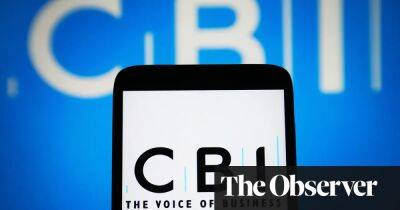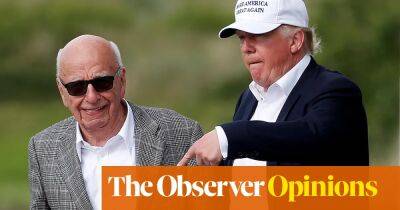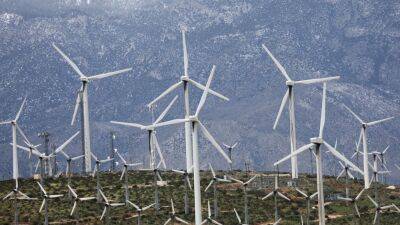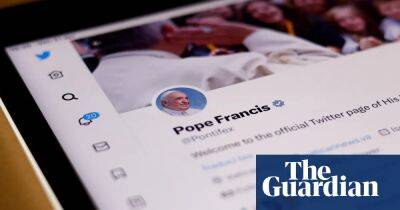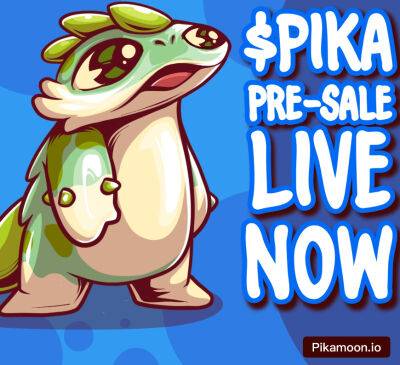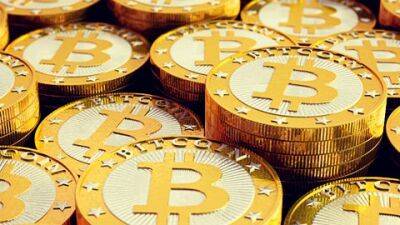Is the bird really freed? A look back at six months of Musk’s Twitter reign
On 28 October 2022 Elon Musk tweeted “the bird is freed” as he marked his $44bn acquisition of Twitter.
Nearly six months later, it became a dog. The distinctive avian logo the Tesla CEO had referenced in October had been replaced by a picture of a Shiba Inu canine – the face of the Dogecoin cryptocurrency.
There was speculation over what was behind the change. Was it linked to a recent attempt to dismiss a $258bn lawsuit filed against Musk by Dogecoin investors over an alleged pyramid scheme? Was it a delayed April Fool’s gag?
Whatever the reason, the dog has now gone. But the episode was exemplary of Musk’s decision-making style at the social media company: erratic, and sometimes, inscrutable in motivation.
As we approach six months of Musk’s acquisition of Twitter, it remains far from business as usual at the company. In the past week alone, there has been a spat with Substack, further problems with the site’s infrastructure and NPR, the US radio network, has quit the platform. Musk himself admitted in an interview with the BBC that running Twitter had been “painful” and that buying it had come with “emotional strain”.
Here’s a look at how key areas of Twitter’s business have performed.
The end of the month does not just mark six months since Musk’s purchase, it is also the due date for the second quarterly instalment on paying down Twitter’s $13bn debt burden (a payment of about $300m).
When the first payment approached in January, it was against a backdrop of doom-laden warnings from Musk, who had cautioned shortly after the takeover that “bankruptcy isn’t out of the question”.
True, Musk had paid $44bn for a business that had been largely loss-making since its launch in 2006. But his own decisions at the platform had led
Read more on theguardian.com


